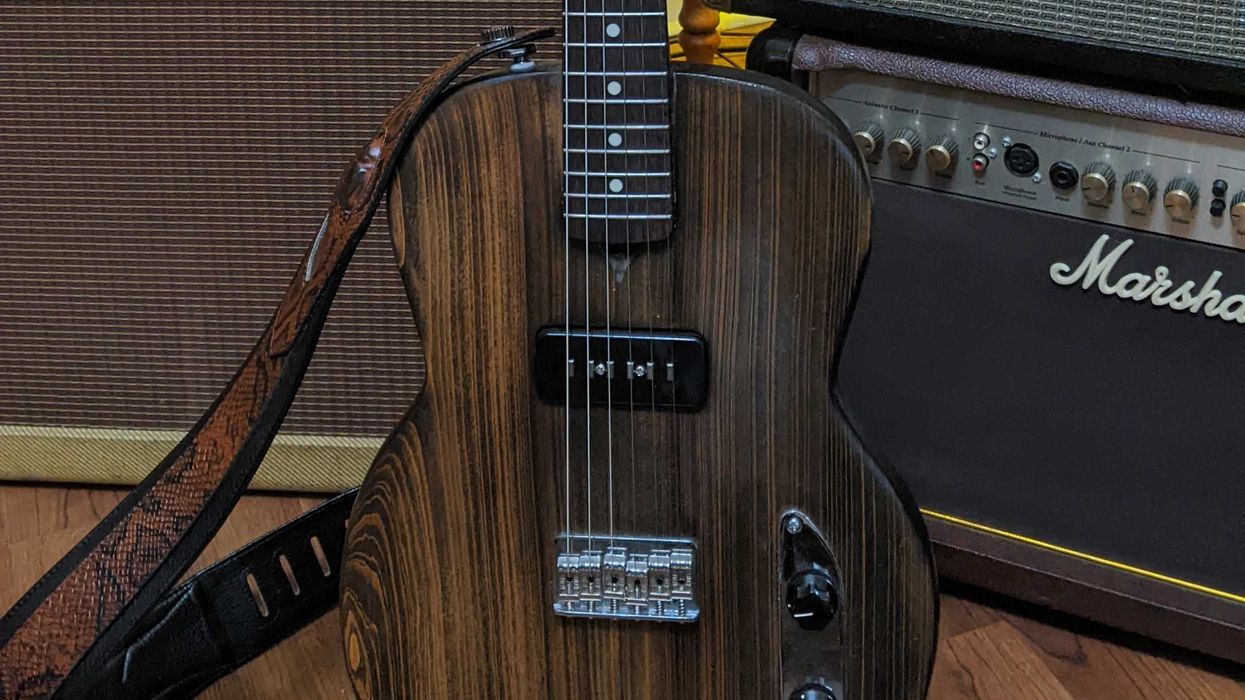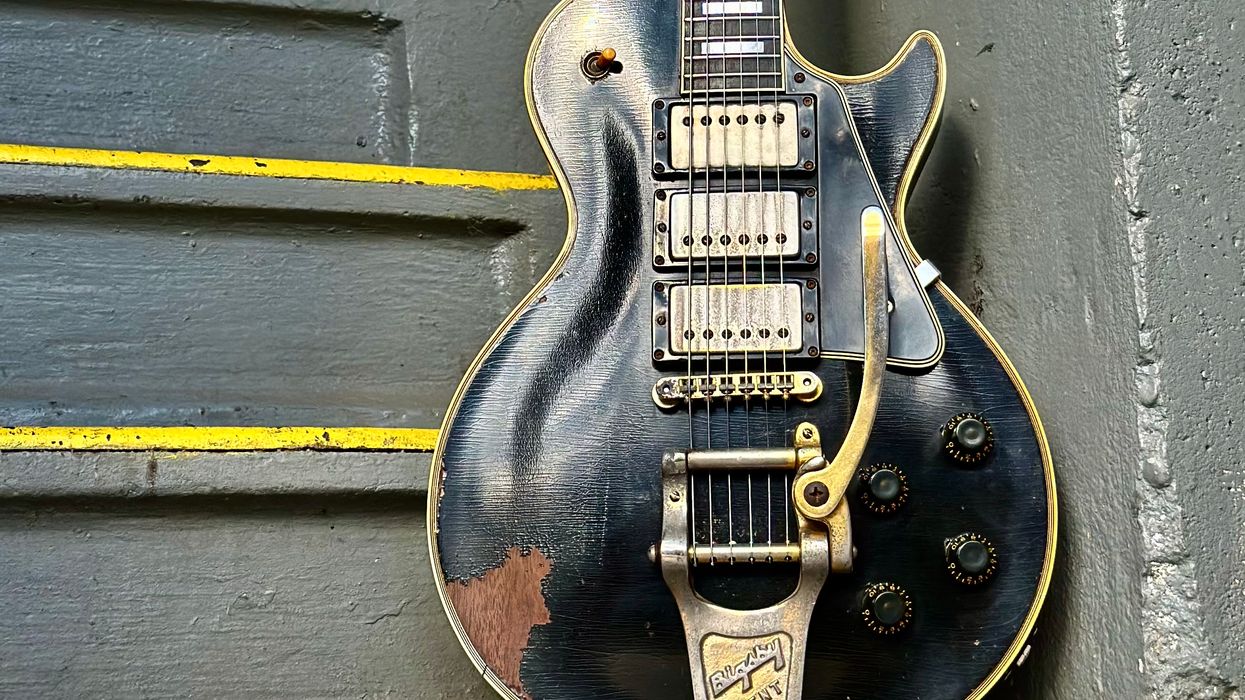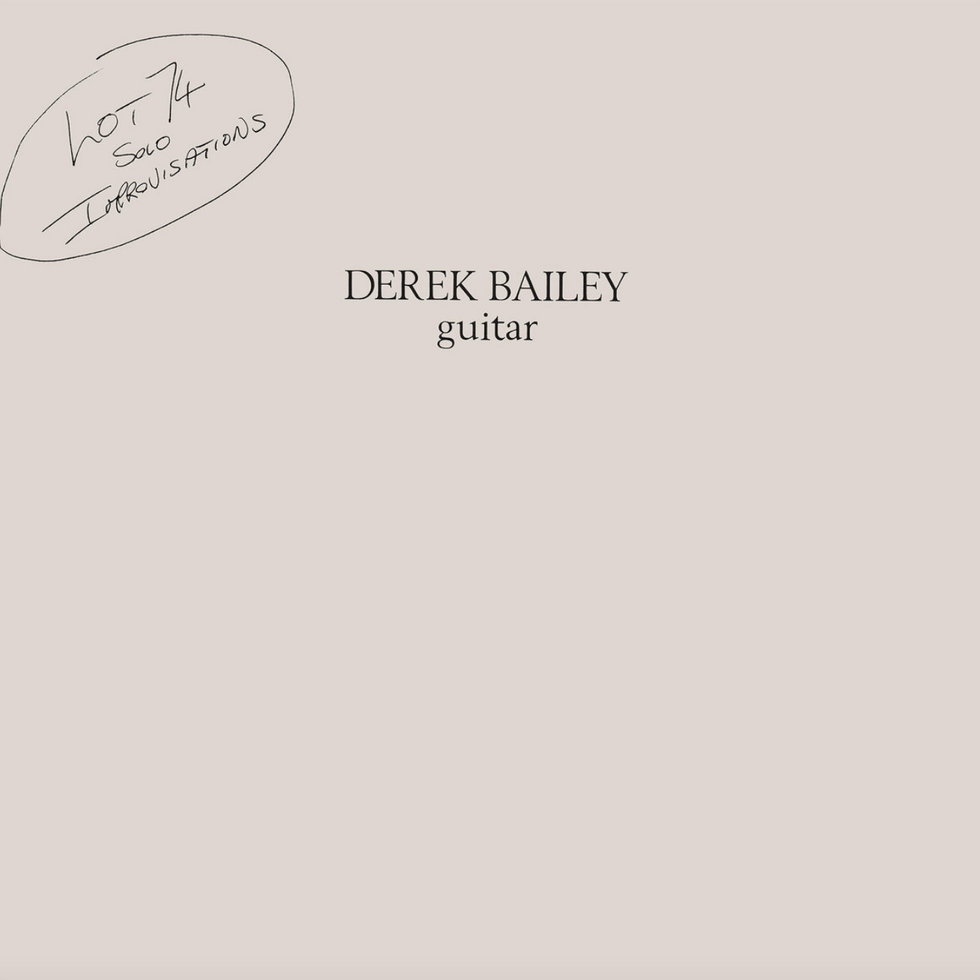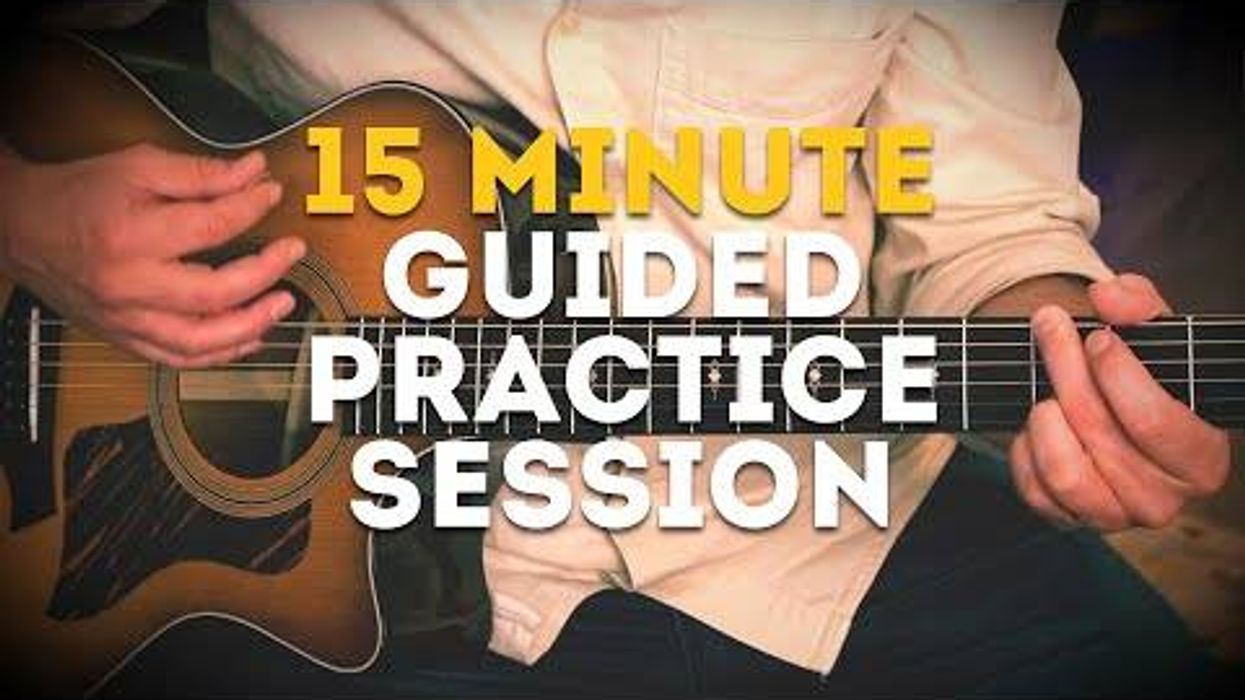 photo by John Covington jcstudiosllc.com |
To slide a harmonic, strike a harmonic on the 7th fret of the G string. This will give you a D that’s an octave higher than if you fretted the same note. Without lifting your finger after striking the harmonic, quickly press down on the note while simultaneously sliding it down a fret to the 6th fret. With the right touch you should hear the D slide down to a C#, but you will also hear an octave up harmonic of a C# blended in…2 notes!
If it doesn’t happen right away try varying the pressure you apply with the left hand until you can smoothly create the slide-in note. A lot of times the harmonic will disappear and you’ll be left with just the fundamental. Don’t give up! You can add more gain to the amp and that will significantly assist in pronouncing the harmonic and make the job easier. Active pickups or high gain amps will give you the benefit of this but it still can be done on a stock Strat pickup. Also, because harmonics like this tend to decay very quickly, it’s a good idea to shake the note (yes, vibrato) to bring the sustain out and let it ring a bit longer.
Though I tend to use the 7th fret harmonic the most, you can get into more “outside” territory with 4th and 9th fret harmonics. The sound can become almost ring modulator-like because of the combining of non-octave harmonics. I don’t usually do this on the 12th fret because the harmonic is the same as fretting the note so there’s no benefit to doing it there. Experimenting with this technique can lead you down a path of new inspiration. I know it did for me and it’s always fun to throw it in the middle of a line for the octave displacement factor. Nothing sounds fresh like an octave jump in the middle of a low passage…it definitely turns the listeners ear on its side,
Have fun and I’ll see you next month!
| Sliding Harmonics In Action... Flash is Required to hear this track
|
Steve Ouimette
steve@steveouimette.com
Steve is best known for his recent work on Guitar Hero III, the multi-platinum selling video game that is turning gamers into guitarists by the thousands. A guitarist/composer/producer, he holds a B.A. in Music Performance and Composition and spends his days and nights writing music for games, film and television. He’s also a rabid tone fanatic and amp enthusiast always looking for a unique sound. His original music can be found on iTunes and at myspace.com/steveouimette.

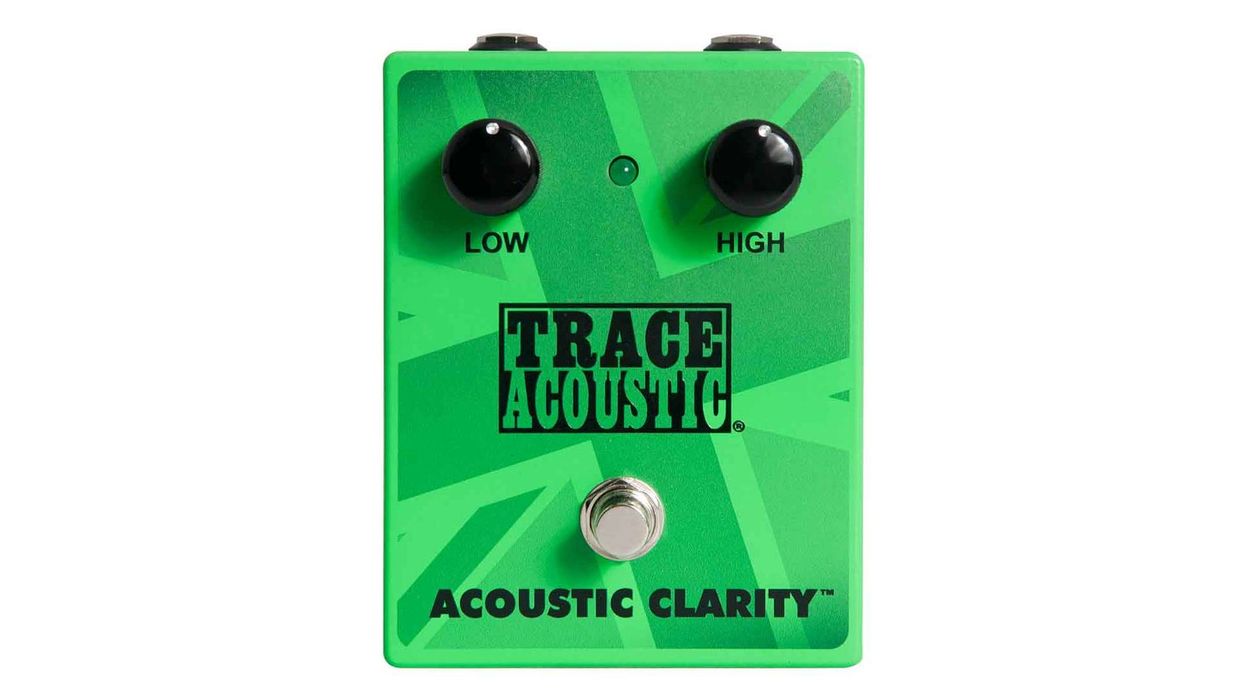

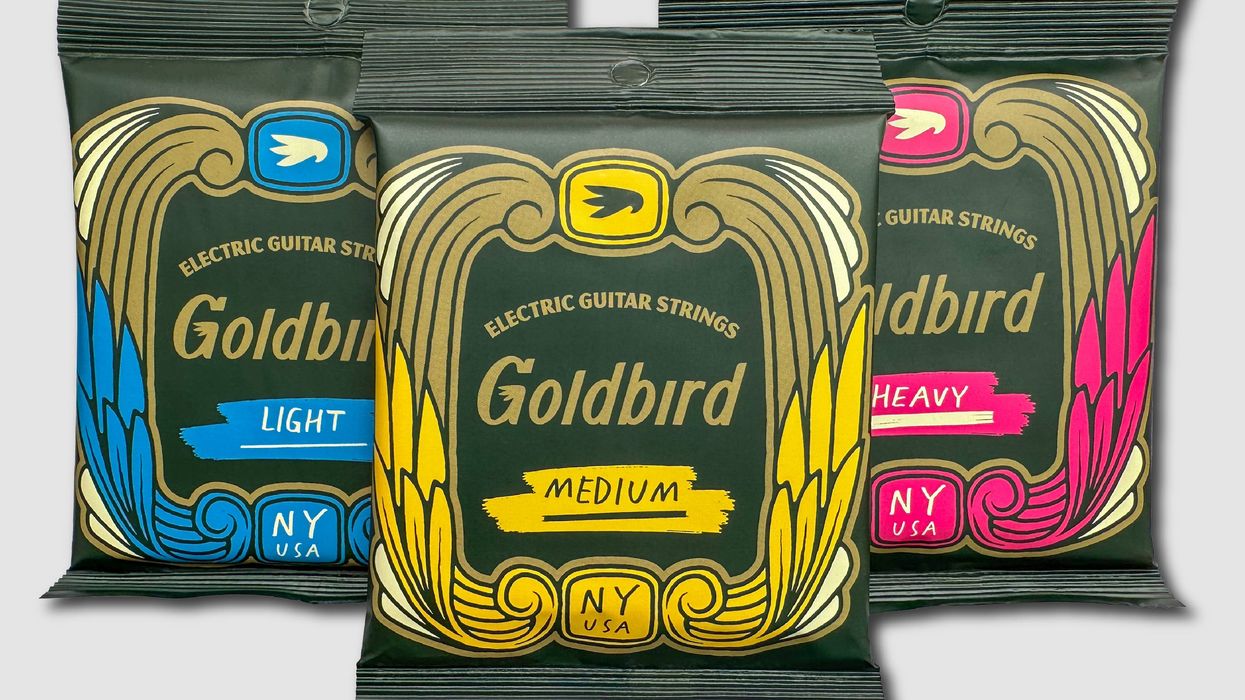
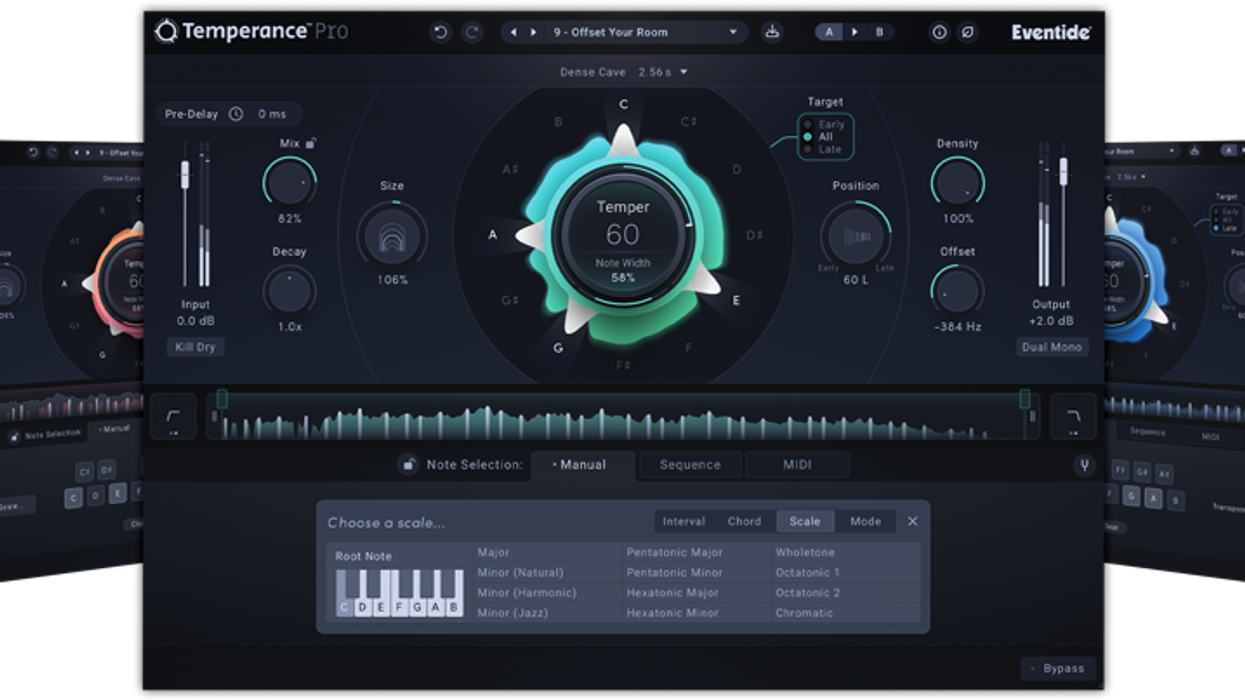
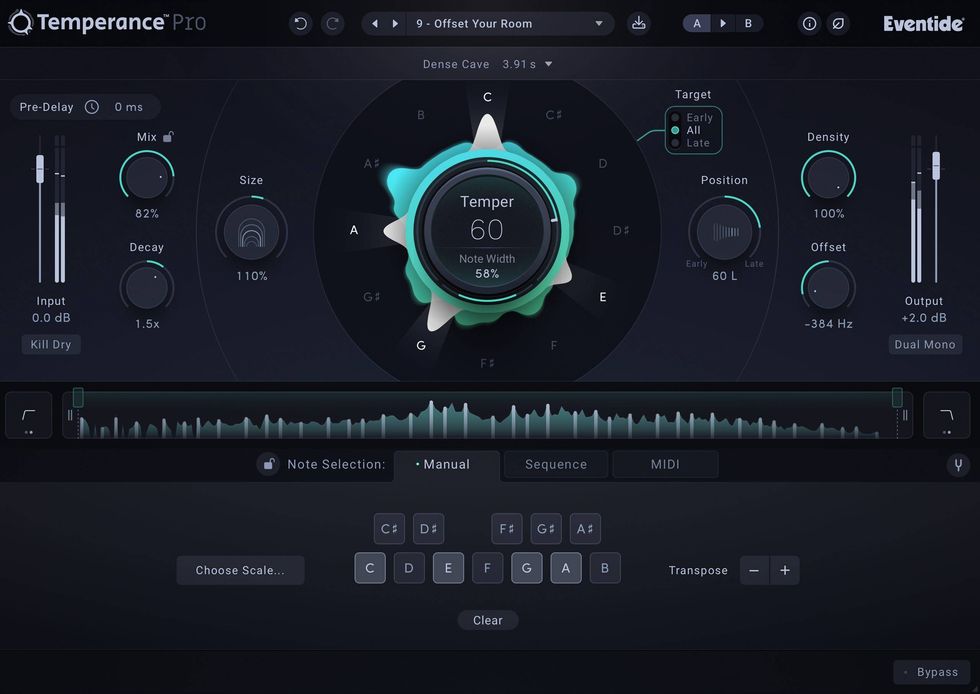
![Devon Eisenbarger [Katy Perry] Rig Rundown](https://www.premierguitar.com/media-library/youtube.jpg?id=61774583&width=1245&height=700&quality=70&coordinates=0%2C0%2C0%2C0)



